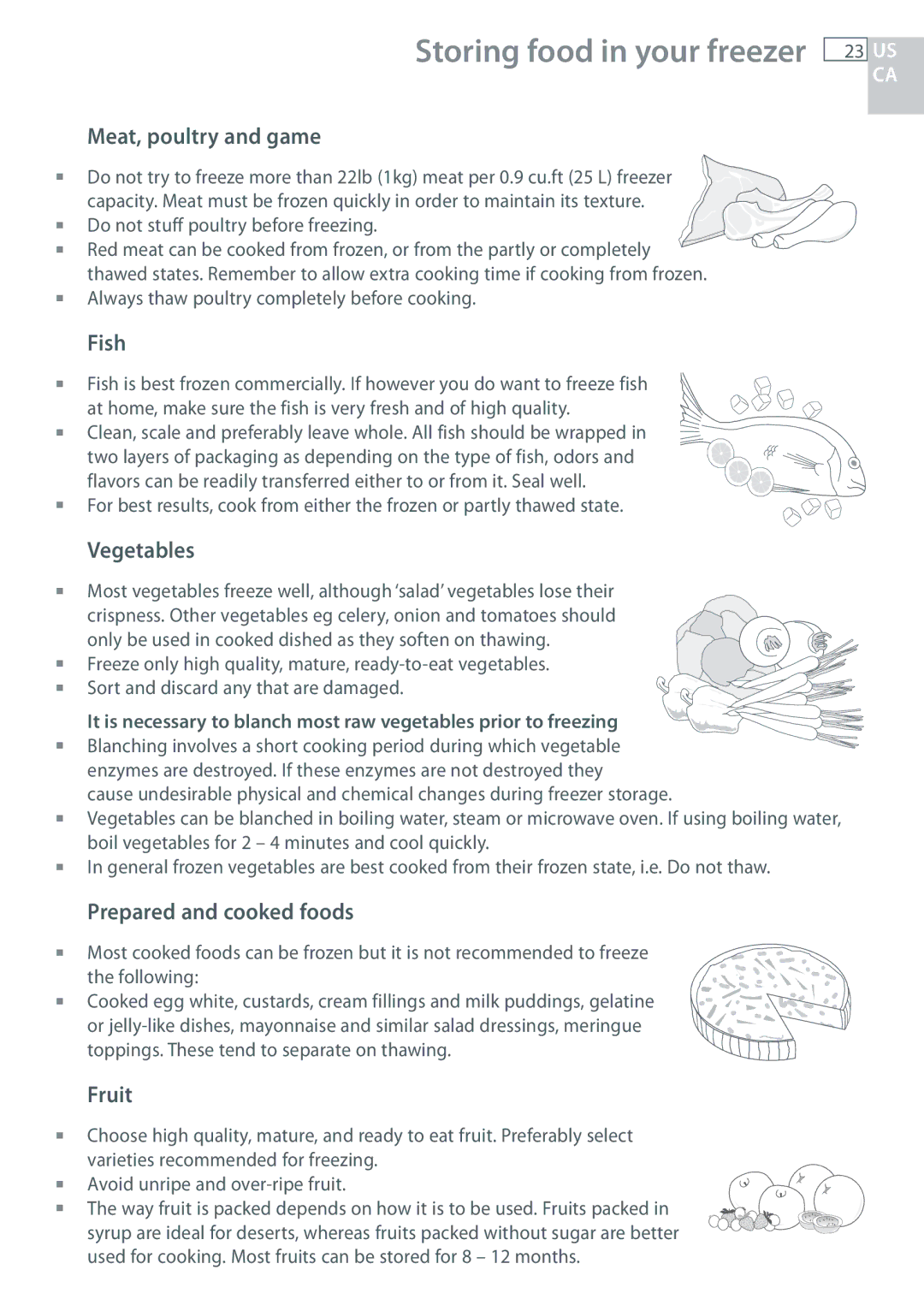RF135, RF170 specifications
Fisher & Paykel has long been recognized for its innovative and reliable appliances, and the RF170 and RF135 refrigerators are no exception. These models embody the brand's commitment to quality, functionality, and style, making them popular choices for modern kitchens.One of the standout features of the RF170 and RF135 is their sleek, integrated design, which allows them to blend seamlessly into a kitchen cabinetry. This design not only provides an aesthetically pleasing appearance but also maximizes space efficiency, making them ideal for households looking to maintain a clean and streamlined kitchen environment.
Both models feature Fisher & Paykel's ActiveSmart technology, which actively monitors and adjusts the airflow within the fridge and freezer compartments. This ensures that the temperature remains stable and food is kept fresher for longer. The internal sensors assess the usage patterns, adapting the cooling performance to consumer habits.
The RF170 and RF135 come equipped with a versatile shelving system, including adjustable and spill-proof shelves made of tempered glass. These shelves are designed to accommodate various food items and containers, providing flexibility in storage. The refrigerator also features deep trays that can easily store larger items without taking up valuable space elsewhere.
Energy efficiency is another notable characteristic of these models. Both refrigerators utilize advanced insulation techniques and inverter technology that reduce energy consumption, helping to lower utility bills while being environmentally conscious.
In terms of cooling capabilities, both the RF170 and RF135 showcase impressive freezer performance with dedicated freezer compartments that maintain optimal temperatures for long-term food storage. They incorporate a frost-free design that eliminates the need for manual defrosting, ensuring that the freezer remains accessible and easy to organize.
Another valuable addition is the LED lighting system, which illuminates the interiors of the fridge and freezer compartments. This feature not only enhances visibility but also adds a touch of modern sophistication to the overall design.
In conclusion, the Fisher & Paykel RF170 and RF135 refrigerators combine style, efficiency, and advanced technology. With their integrated design, ActiveSmart technology, adjustable shelving, energy-saving features, and easy-to-use interfaces, these models represent a perfect blend of innovation and practicality for anyone seeking a reliable refrigeration solution in their kitchen.

